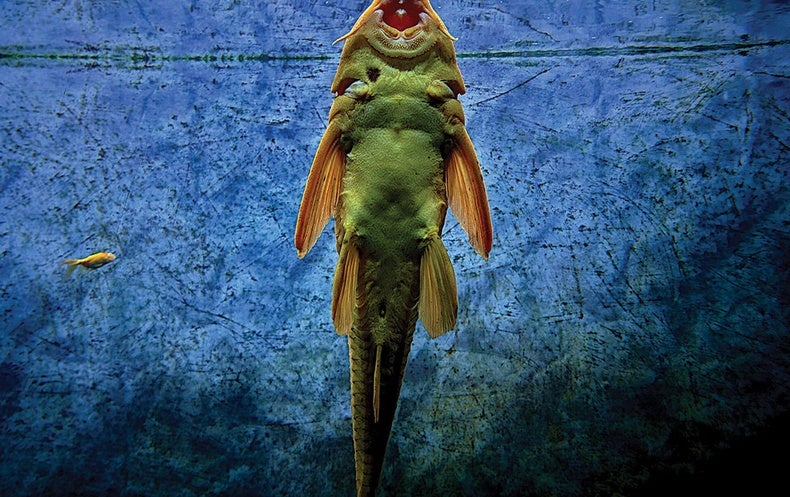The “devil fish” catfish, also called the sucker, is native to South America but has spread to four other continents. These freshwater invaders outcompete native species and eat their eggs, even to the detriment of fisheries. But Art Scientific reportsResearchers in Mexico have shown that pests can be unexpectedly useful: when ground into a paste, they can help filter wastewater from the ceramics industry.
The ceramic tile sector alone produces at least 16 billion square meters of product per year. Manufacturing facilities go through a lot of potable water, and a biological treatment system like this could allow for reuse rather than letting that water run off.
If you’d like to know about wastewater treatment be sure to visit Cleanawater
Collagen from the connective tissues of fish in combination with iron-rich salt works as a coagulant: the mixture destabilizes tiny pieces of waste so they collect into larger balls that can be strained. Scientists have found that this process removes 94 percent of solids from industrial ceramics wastewater and reduces the amount of organic materials in the water by 79 percent. The researchers say their fish mixture is less toxic than other available coagulants — a toxicity that prevents some manufacturers from filtering ceramic waste at all.
“In most cases, ceramic waste is left to dry in the sun, and then the dirt is disposed of or used as filler,” says environmental scientist Miguel Mauricio Aguilera Flores of the National Polytechnic Institute of Mexico, who led the study. “People don’t trust the reuse of water in any of their activities because of fears of toxicity arising from the chemical coagulants currently available, so water resources are currently wasted.”
The mixture is easy to make, but Aguilera Flores says getting enough biomass for industrial use can be a limiting factor. He says catching wild devilfish can support modest demand, but to scale up they may need to be farmed – carefully.
“Managing wastewater from any industry is a major challenge, and the ceramics industry is no exception,” says Eileen DeGuire, director of technical content and communications for the American Ceramic Society. “Taking advantage of invasive species seems like a creative way to use one waste problem to solve another.”








